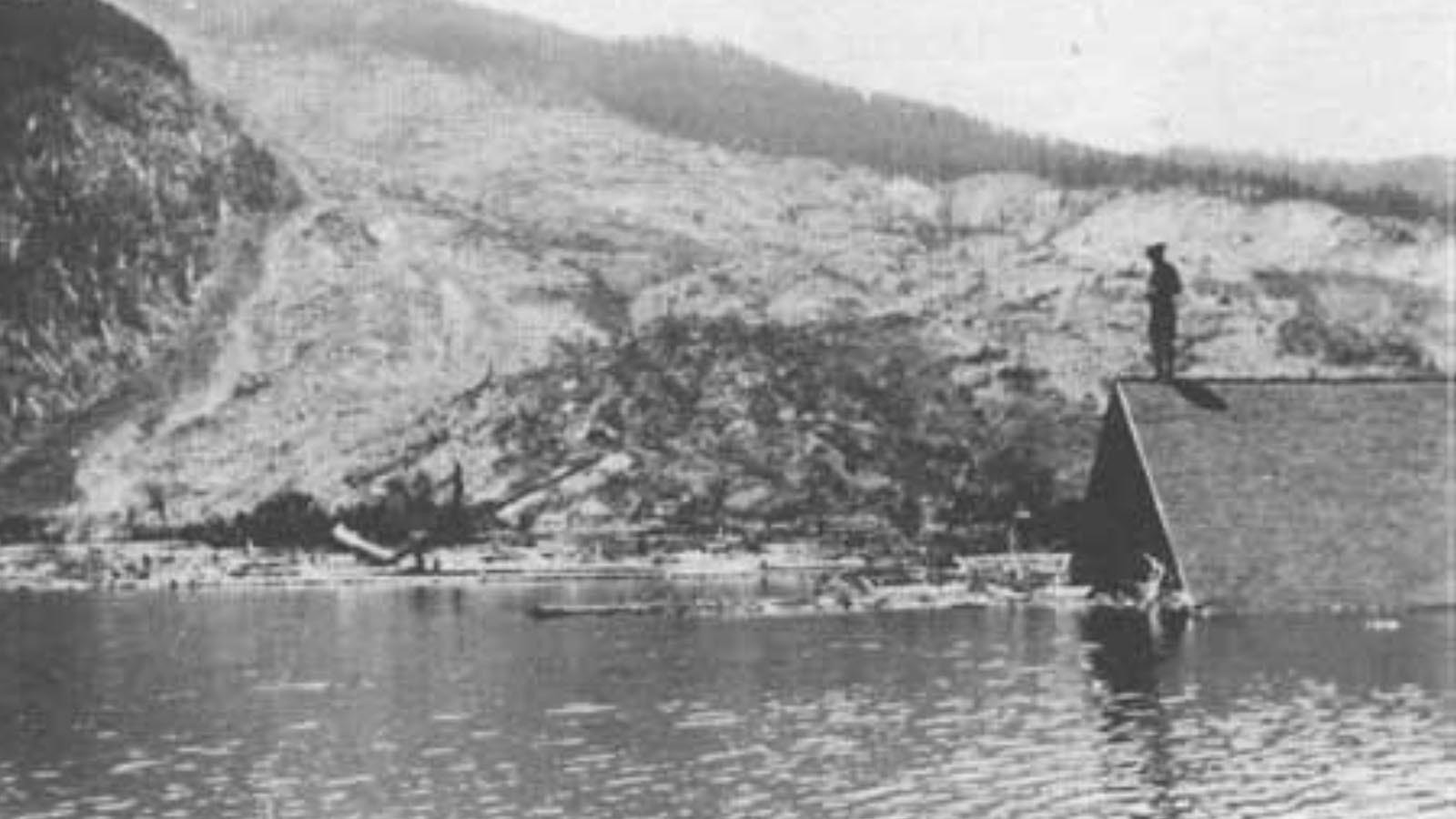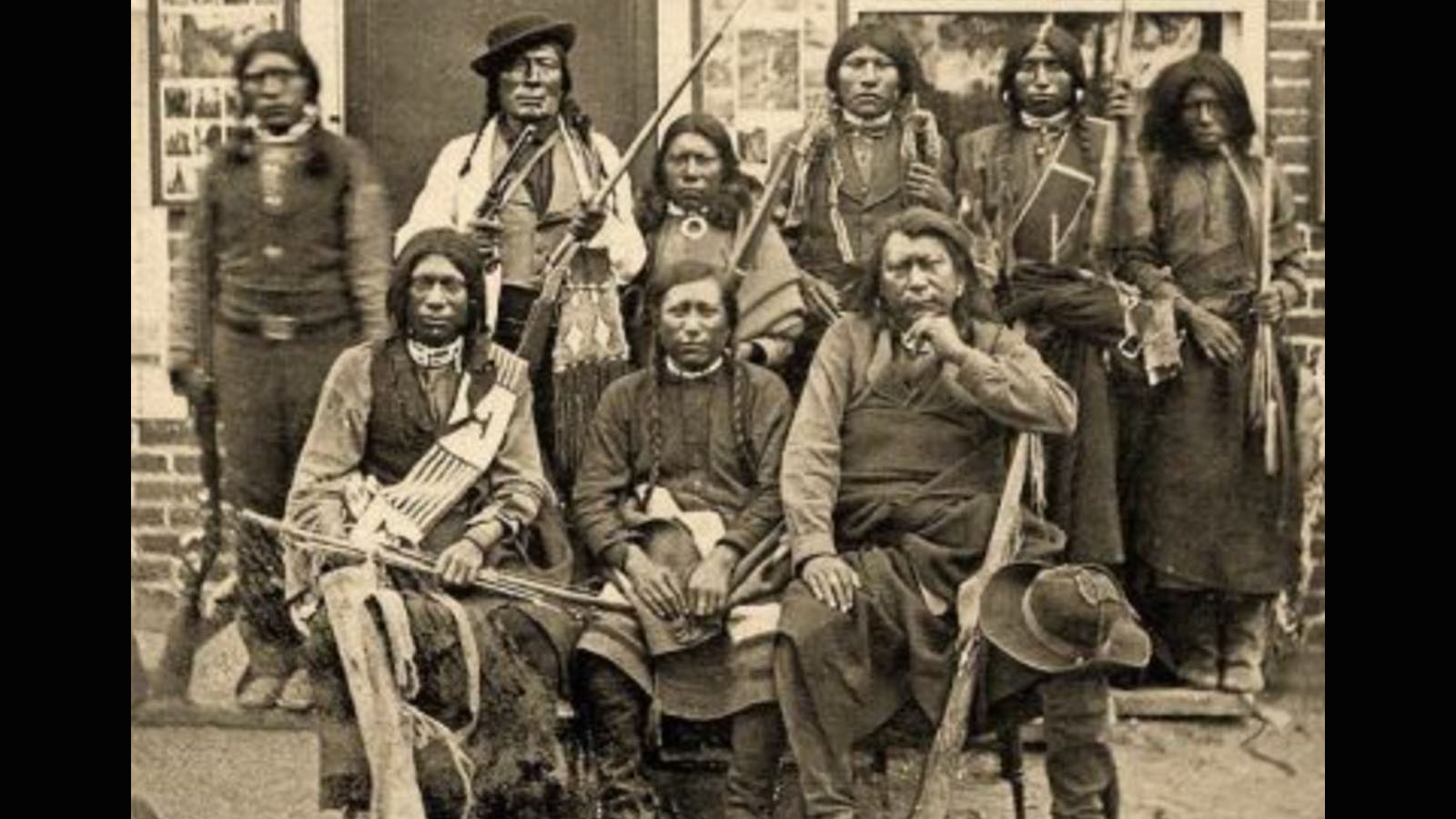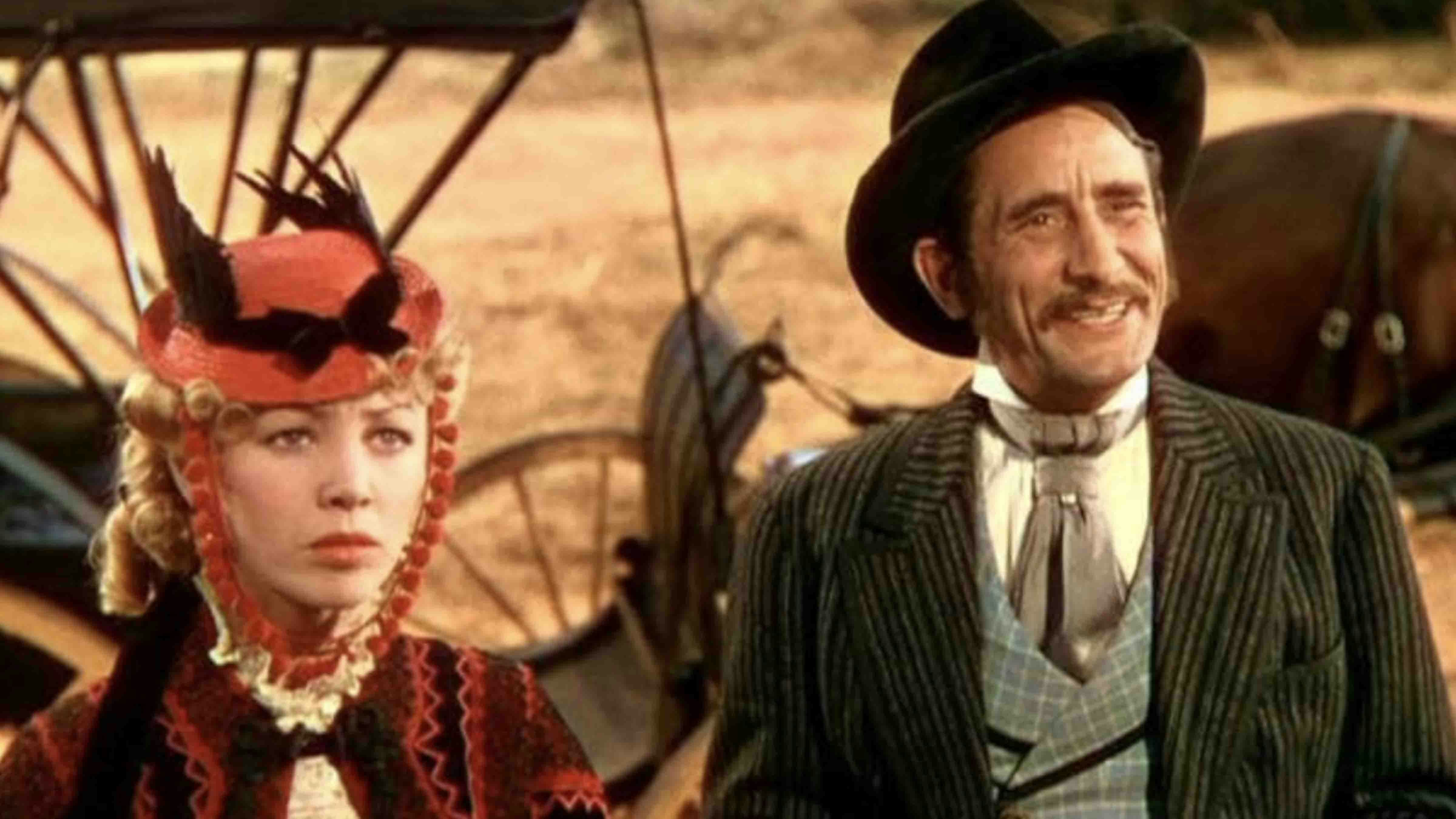The Pony Express rider is one of the iconic images of the Old West.
A young man races his horse across the desolate prairie carrying the mail to the next relay station where a saddled, fresh mount awaits. Racing his horse into the station, he dismounts and grabs the mail from his lathered horse, transfers it to the waiting horse, then mounts, and races off into the sunset.
In January 1860, William Russell, one of the partners in the Central Overland California & Pikes Peak Express Co. (COC&PP Express Co.), acted upon an idea to establish a fast mail service between St. Joseph, Missouri, and Sacramento, California. It would be called the Pony Express. The distance between the two cities was 1,966 miles and was to take the riders 10 days to deliver the mail.
At the time, mail delivery between the East Coast and West Coast took weeks. There were six major routes. The fastest route from New York City to California took 28 days. Along this route, mail was shipped by steamboat to the Isthmus of Panama, hauled across the narrow strip of land to the Pacific Coast where it was loaded onto another steamship and taken to California. Crossing overland by wagon could take six to eight weeks.
Using what was called the Central Route from St. Joseph to Salt Lake City and then on to Sacramento, the COC&PP Express Co. established 153 way stations and relay posts where horses and riders could be switched. The distances between stations and posts ranged from 10-15 miles.
The company ordered lightweight saddles as well as mochilas, which were saddle covers with four pockets, two in the front and two in the back, to carry the mail. Three of the four pockets were locked. The unlocked pocket was for local mail along the route.
The company bought 500 swift, sturdy horses and hired 200 station employees and 80 top-notch riders. The riders were not to weigh more than 120 pounds and were supposed to be around 18 years old. The riders were paid up to $125 per month as well as room and board, and each of them was presented with a Bible.
All employees of the COC&PP Express Co., including Pony Express riders, took the company oath. Here is one of several similar versions: “I _______, do hereby swear, before the great and living God, that during my engagement, and while I am an employee of Russell, Majors & Waddell, [another name for the COC&PP Express Co.] I will, under no circumstances, use profane language; that I will drink no intoxicating liquors; that I will not quarrel or fight with any other employee of the firm, and that in every respect I will conduct myself honestly, be faithful to my duties, and so direct all my acts as to win the confidence of my employers. So help me God.”
The Rides Begin
The distance between home relay stations for the riders ranged from 65 to 100 miles, and the horses were changed out every 12 to 25 miles. The horses’ speeds ranged from 10 to 20 mph.
The weight of the mail was not to be over 10 pounds, and the charge was $5 in gold per half ounce, paid in advance.
The letters were written on thin tissue paper, wrapped in waterproof oilskin cloth, and then locked in the mochila pockets.
On April 3, 1860, the first riders took off with their mail from St. Joseph and Sacramento, and the Pony Express was in business.
The riding was fast and rough; a rider had to be in good condition. The route not only crossed prairie, but through stretches of blistering desert and over frigid, snowy mountain passes. There was danger from Indians and thieves, but riders had better horses and always outdistanced them.
Pony Express riders normally did not carry a long gun or carbine for defense. The company did expect them to provide their own pistol, and if they didn’t have one, the company would sell them one and take it out of their pay. The Pony Express rider was not getting paid to fight, but it was prudent to be armed. The rider’s best defense was the speed of his horse.
The 10-day projection to deliver the mail could stretch to 14 depending upon winter snow conditions, and further delays were caused when fighting broke out with the Paiute Indians on the western end of the trail.

Billy Cody And His Pony Express Stories
William “Buffalo Bill” Cody’s involvement with the Pony Express is one of the more controversial aspects of his life.
He claimed he rode for the Pony Express, but some historians don’t believe that.
Many of his adventures read like dime novel exploits. His stories change with the different versions of his autobiographies and writings. I believe he did ride for the Pony Express, but expanded and embellished what happened.
There were contemporary people who said he did ride for the Pony Express, and no contemporary acquaintances disputed it. COC&PP Express Co. partner Alexander Majors listed some of the riders in his book “Seventy Years on the Frontier” and wrote, “Among the most noted and daring riders of the Pony Express was Hon. William F. Cody, better known as Buffalo Bill.”
In 1860, when the Pony Express began operation, Cody was 14 years old. However, Majors and Russell knew Cody was working to support his mother and siblings, and he had been working for the firm for three years. I believe they made an exception for Cody and hired him as a substitute rider in case a rider was unable to perform his duty.
During the summer of 1860, Billy Cody met Lew Simpson in Leavenworth, Kansas. Simpson was taking a wagon train from Atchison, Kansas, to Fort Laramie and hired Billy to go along.
Billy traveled north to Atchison, where he met William Russell. Billy wanted to work as a Pony Express rider. Even though Billy was underage, Russell wrote a letter to Jack Slade, superintendent for Division 2, the stretch of line from Fort Kearny, Nebraska, to Horseshoe Creek Station near present-day Glendo, Wyoming, stating Billy was to work as a Pony Express rider.
After reaching Fort Laramie, Billy continued along the Oregon Trail until he reached Slade’s headquarters at Horseshoe Station. After reading Russell’s letter, Slade took Billy on as a rider. His route was between the Red Buttes and Three Crossings Stations in Wyoming, a one-way distance of about seventy-six miles. This was the region from near Casper to the Sweetwater River Valley.
Cody claimed that one time when he reached Three Crossings Station, he was asked to continue riding the next route to Rocky Ridge as the rider was not available and there was no replacement. He completed the second route then returned with eastbound mail to Three Crossings before continuing on to Red Buttes where he had started. If he made this ride, it would have been one of the longest rides in Pony Express history.
In his account, Cody said Indians fired at and chased him about a mile west of Horse Creek Station and when he reached the next station (possibly Sweetwater Bridge), the stock tender had been killed and the horses stolen. He continued to race his horse 12 miles to Plante’s Station, which made it a 24-mile ride on the same horse. Other than Cody’s account, there is no record of this.
Cody claimed he was accosted by bandits, but he was always able to get the upper hand. In one case, he whirled his pony around, striking the man then raced off. In another incident, he overpowered the robber, tied him up, and took him along.
Cody remained at Horseshoe Station through the winter of 1860-1861, perhaps occasionally riding for the Pony Express, but mostly caring for the livestock.
Maybe all Cody’s Pony Express stories took place, maybe some of them happened, maybe none of them did. Take your pick.
Fast Delivery Of The Mail
Two of the most important messages carried by the Pony Express in record time were: President Abraham Lincoln’s March 4, 1861, inaugural address that took seven days, 17 hours to deliver to San Francisco; and when South Carolina troops fired upon Fort Sumter in Charleston Harbor, on April 12, 1861, that took eight days, 14 hours to deliver.
With the outbreak of the Civil War, it was essential Washington, D.C., have close contact with California and keep it loyal to the Union.
On Oct. 24, 1861, the transcontinental telegraph line was completed and went into operation, effectively ending the Pony Express. However, the Pony Express was not forgotten through the efforts of Buffalo Bill Cody who made it one of his centerpiece performances in his Wild West exhibition for nearly 30 years.
Bill Markley can be reached at markley@pie.midco.net





